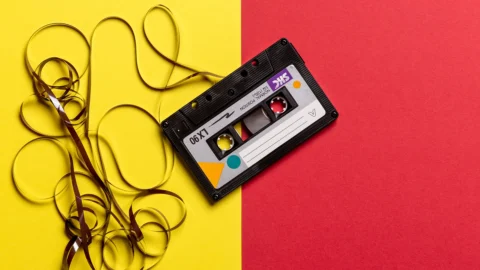Desirability
The aesthetic, emotional, and symbolic appeal that makes a design attractive or compelling.
Desirable design is crucial in creating positive experiences by aligning with users’ preferences and enhancing their emotional engagement with a product, service, or system. When a design is aesthetically appealing—whether through sound, visuals, materials, or other sensory elements—it resonates more deeply with people’s sensibilities, eliciting positive emotions and a sense of satisfaction. This alignment with peoples’ preferences makes the product more enjoyable and increases its perceived value and desirability. By integrating aesthetic appeal into the functionality of a design, designers can create a harmonious and engaging user experience that fosters loyalty and long-term satisfaction.
On the other hand, undesirable design, even if it functions well, can lead to negative experiences. For example, a screen interface that is minimalist and brutally basic might perform its tasks efficiently but can feel uninspiring and tedious to interact with. This lack of aesthetic appeal can detract from the overall user experience, making it less enjoyable and potentially leading to user dissatisfaction. While functionality is critical, integrating desirability into the design ensures a more holistic and fulfilling experience.
Examples of Desirability
- Apple iPhone’s sleek, minimalist design
- Tesla Model S’s futuristic and elegant interior
- Eames Lounge Chair’s aesthetic appeal
- Muji’s minimalist stationery
- Bang & Olufsen’s high-end, stylish audio equipment
- Status symbol
- Emotional appeal
- Aspirational brand
- Delightful surprise
Related Factors
Sources
Design
Hassenzahl, M. (2001). The Effect of Perceived Hedonic Quality on Product Appealingness. International Journal of Human–Computer Interaction, 13(4), 481–499. https://doi.org/10.1207/S15327590IJHC1304_07




